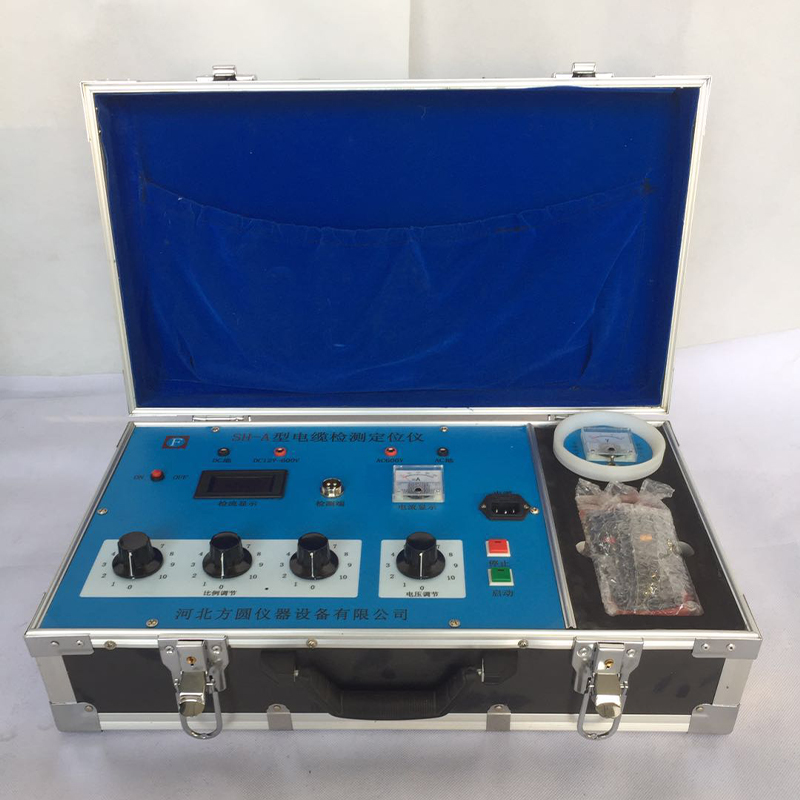Testing Machine for Semi-Conductive Shielding Resistance Evaluation and Analysis
Understanding Semi-Conductive Shielding Resistance Test Machines
In the realm of electrical engineering and materials science, the integrity of materials used in electrical insulation and shielding is paramount. One critical test used to assess the performance of semi-conductive materials is the semi-conductive shielding resistance test. This test is essential for ensuring that power cables and other electrical components are reliable and safe to operate in various environments.
What is Semi-Conductive Shielding?
Semi-conductive shielding refers to a specific layer of material that is designed to provide a controlled electrical resistance between conductive elements and the environment. This layer is crucial in applications such as power distribution cables, which often face exposure to moisture, temperature changes, and mechanical stress. The semi-conductive layer helps to prevent electrical discharge and ensures the safe operation of the equipment.
The Importance of Shielding Resistance Tests
Conducting a semi-conductive shielding resistance test is vital for several reasons
1. Safety Understanding the resistance of the shielding material helps in identifying potential failures before they occur. If the shielding resistance is too low, there is a risk of electrical leakage, which can lead to short circuits and pose significant safety hazards.
2. Performance Reliability By measuring the resistance of the semi-conductive layer, manufacturers can evaluate the durability and functionality of the materials used in their products. High-quality shielding ensures that the equipment will perform efficiently over its intended lifespan.
3. Compliance Many industries have specific standards and regulations regarding electrical insulation and shielding performance. Regular testing helps organizations verify that their products meet these standards, which is essential for legal and commercial compliance.
semi-conductive shielding resistance test machine

The Testing Process
A semi-conductive shielding resistance test machine is specialized equipment designed to measure the electrical resistance of the semi-conductive layer. The testing process typically involves the following steps
1. Preparation of Samples Insulated cables or components are prepared, ensuring that the semi-conductive layer is accessible for testing.
2. Setup of the Test Machine The test machine is calibrated, and the samples are connected to the appropriate terminals. Care is taken to ensure that connections are secure to avoid any erroneous readings.
3. Conducting the Test The machine applies a controlled voltage across the semi-conductive layer. The resulting current is measured, and calculations are performed to determine the resistance.
4. Analyzing Results Data obtained from the test is analyzed against established standards. Any deviations or failures are documented for further investigation.
Conclusion
Semi-conductive shielding resistance test machines play a crucial role in ensuring the safety and reliability of electrical components. By providing critical data about the performance of shielding materials, these machines help manufacturers maintain high standards of quality. As technology advances, the development of more sophisticated testing machines will further enhance the accuracy and efficiency of these important assessments, ultimately contributing to safer electrical systems across various industries. The investment in such testing processes is not merely a regulatory requirement; it is a commitment to excellence in engineering and product delivery.
-
The Role of Tensile Force Testers in Quality Control and Material Science
NewsAug.01,2025
-
Maintenance and Safety Tips for Aging Ovens
NewsAug.01,2025
-
Density Balance in Forensic Science
NewsAug.01,2025
-
Advanced Optical Measurement Technologies
NewsAug.01,2025
-
A Buyer’s Guide to Tensile Test Machines
NewsAug.01,2025
-
Why the Conductor Resistance Constant Temperature Measurement Machine Redefines Precision
NewsJun.20,2025
 Copyright © 2025 Hebei Fangyuan Instrument & Equipment Co.,Ltd. All Rights Reserved. Sitemap | Privacy Policy
Copyright © 2025 Hebei Fangyuan Instrument & Equipment Co.,Ltd. All Rights Reserved. Sitemap | Privacy Policy

